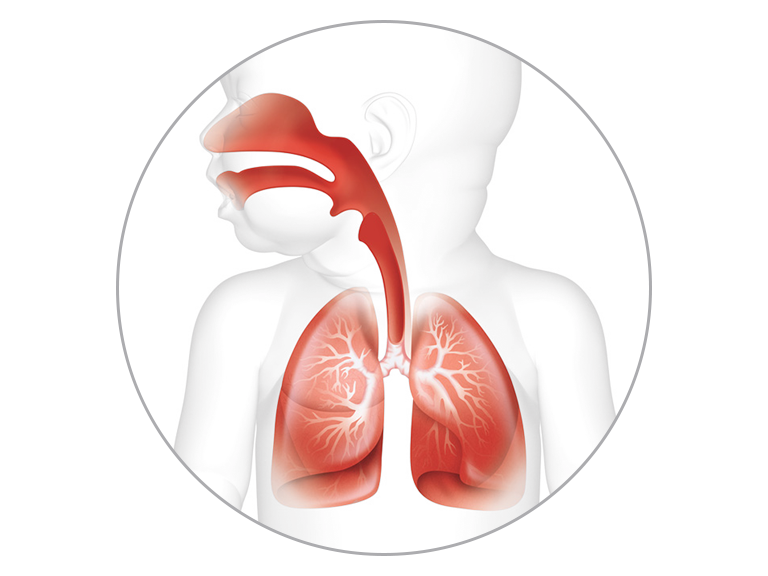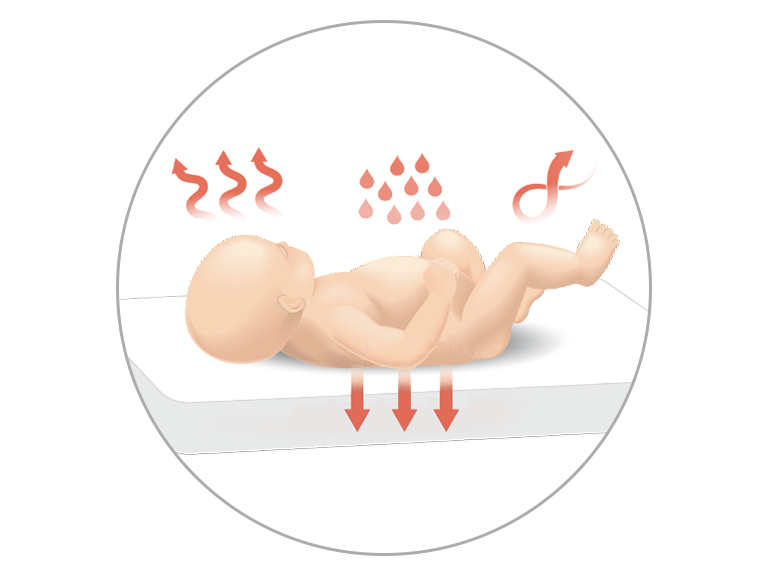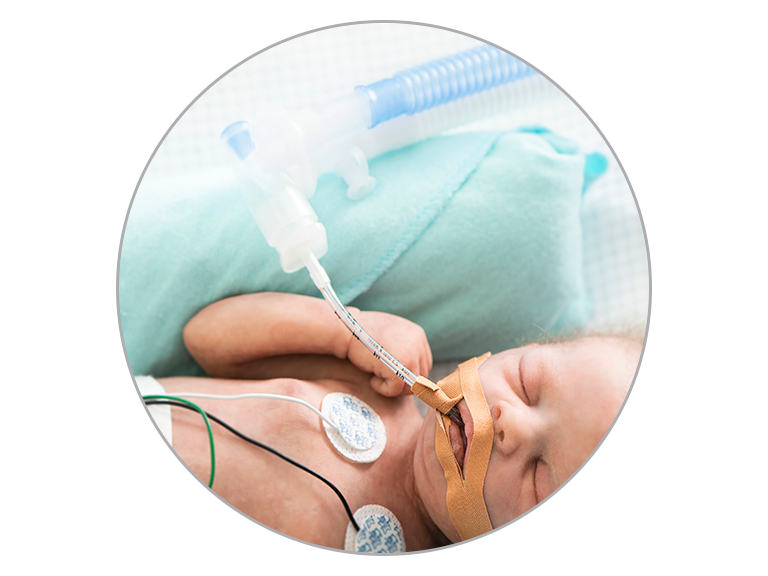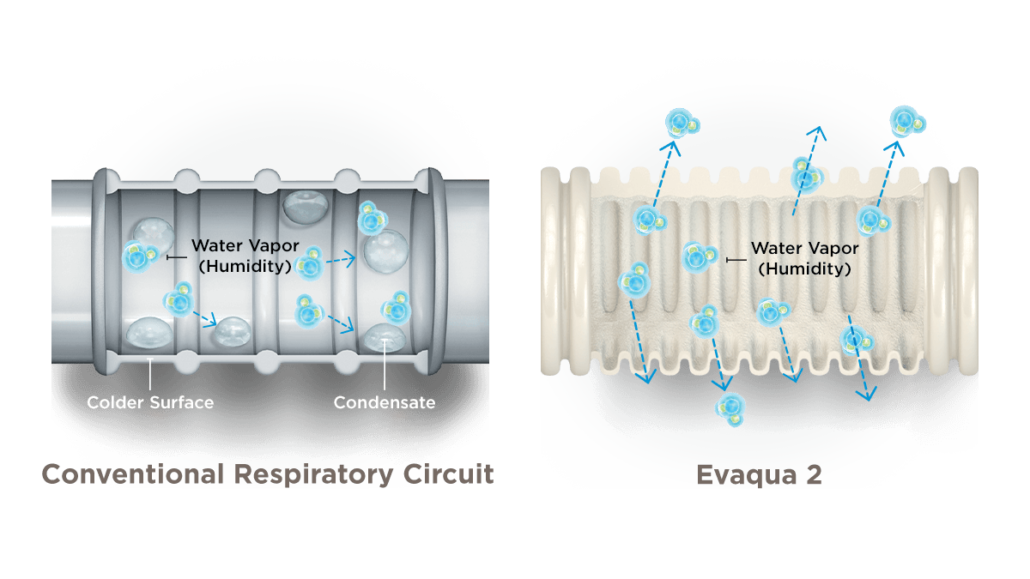Reference:
1. Avery’s Diseases of the Newborn. (W.B. Saunders, 2012).
2. Schiffman, H. Humidification of respired gases in neonates and infants. Respir. Care Clin. N. Am. 12, 321–336 (2006).
3. Tarnow-Mordi, W., Reid, E., Griffiths, P., & Wilkinson, A. Low inspired gas temperature and respiratory complications in very low birthweight infants. J. Pediatr. 114, 438–442 (1989).
4. Greenspan, J., Wolfson, M., & Shaffer, T. Airway responsiveness to low inspired gas temperature in preterm neonates. J. Pediatr. 118, 443–445 (1991).
5. Williams, R., Rankin, N., Smith, T., Galler, D., & Seakins, P. Relationship between the humidity and temperature of inspired gas and the function of airway mucosa. Crit. Care Med. 24, 1920–1929 (1996).
6. Branson, R. & Gentile, M. Is humidification always necessary during noninvasive ventilation in the hospital? Respir. Care 55, 209–216 (2010).








